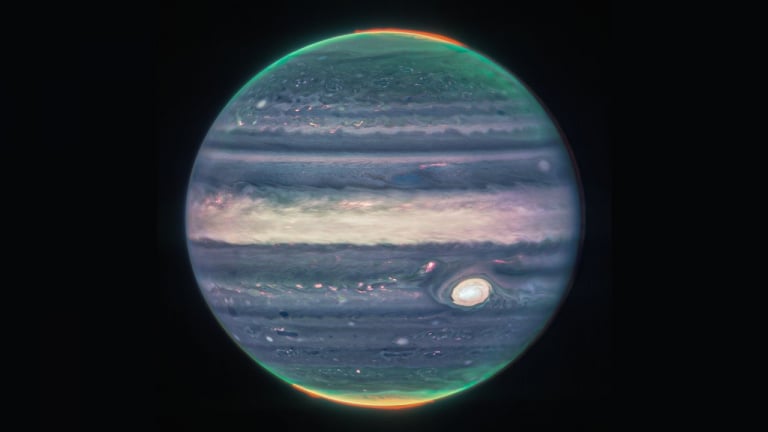A few weeks after dazzling the whole earth with unpublished images of very, very distant nebulae and galaxies, NASA returns this time with unpublished shots of Jupiter and its rings.
NASA’s James Webb Telescope Exceeds All Expectations
Remember, on July 11, just a few months after its launch to replace the aging Hubble, US President Joe Biden himself unveiled the very first photo taken by the revolutionary James Webb telescope, stating this:
It is a new window on the history of our universe. Today we got our first glimpse of the light shining through that window.
And this new page of history was characterized in this way:
This image is quite simply the most distant ever made and all the objects that can be observed on it are all galaxies in our grand universe.
In the process, we had the right to another series of equally impressive shots representing the Nebula of the Carina and the southern ring or the Quintet of Stephan.
Jupiter as we’ve never seen it before
Since the first images received, each week, we scrutinize the NASA account in the hope of discovering new things or rediscovering images from a new angle, sometimes several decades after the passage of Hubble, its predecessor.
In early August, we were able to discover magnificent shots of the chariot wheel galaxy or even absolutely hypnotic photos of the spiral galaxy M74.
Finally, it was around Earendel to show itself, the most distant star ever observed at some 12.9 billion years
But today, what has amazed the whole world is undoubtedly these new pictures of Jupiter and its rings that we discover in a new light. And to better understand what we are observing, the Laboratory for Spatial Studies and Instrumentation in Astrophysics (LESIA) explains to us:
The @NASAWebb keeps knocking! After the first images of nebulae and galaxies revealed in mid-July, it is now Jupiter’s turn to be examined by the NIRCAM instrument. The image is a composite of three wavelengths at 3.6, 2.12 and 1.5 microns.
@NASAWebb’s near-infrared observation can identify auroral emissions over the poles, high-altitude haze, and reflection from deeper clouds.
The equatorial band and the Great Red Spot appear white while areas of low cloud cover are darker.
The wide-field image, composite at two wavelengths, also reveals the faint rings around the planet and the moons Amalthea and Adrastea (diameters ~200km and ~20km). The bright lines at the south pole and to the left of the image are diffraction artifacts. pic.twitter.com/vKH9mTM3jO
— LESIA astro (@LesiaAstro) August 22, 2022

